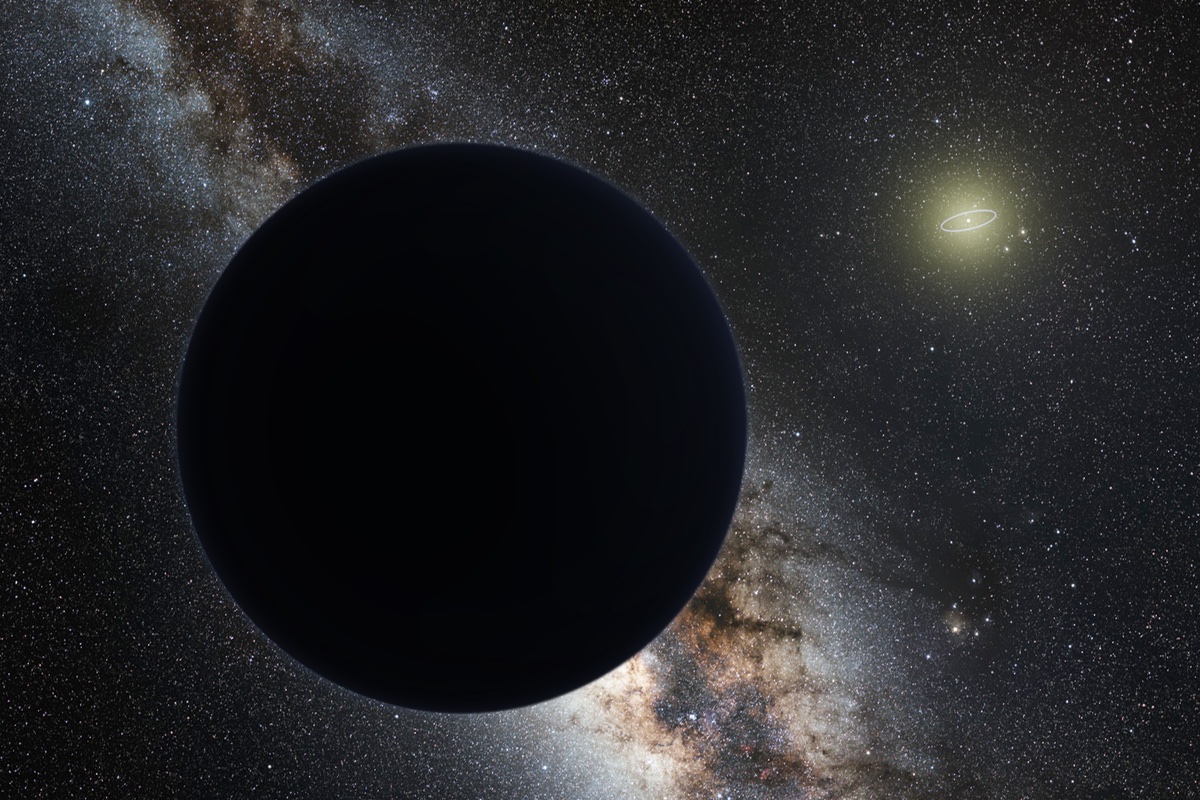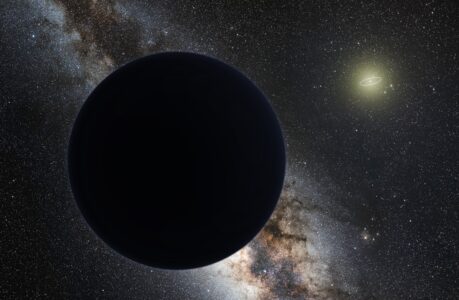Introduction
In the vast expanse of our solar system, there exists a mystery that has captivated astronomers and space enthusiasts alike for decades. Planet X, often referred to as the ninth planet, remains elusive, lurking at the outer edges of our cosmic neighborhood. This article delves deep into the enigma of Planet X, aiming to shed light on its existence, its potential influence on the solar system, and the ongoing quests to locate and understand this celestial phenomenon.
The Quest for Planet X
Historical Pioneers
The quest for Planet X traces its roots back to the early 19th century when astronomers began noticing discrepancies in the orbits of known planets. In 1846, Urbain Le Verrier’s calculations led to the discovery of Neptune, correcting the irregularities in Uranus’s orbit. This success fueled the belief that another unseen planet might be influencing the movements of celestial bodies further out.
Percival Lowell’s Vision
Percival Lowell, an American astronomer, played a pivotal role in popularizing the concept of a ninth planet. In the late 19th century, Lowell initiated an extensive search for what he termed “Planet X” at his observatory in Flagstaff, Arizona. Although Lowell’s efforts did not result in the discovery of a new planet during his lifetime, his work laid the foundation for future investigations.
Theoretical Foundations
Perturbations and Gravitational Influences
The primary motivation for the hunt for Planet X has been the observation of irregularities in the orbits of Uranus and Neptune. These perturbations in their paths suggest the presence of a massive, distant object with sufficient gravitational influence to affect these planets.
Kuiper Belt and Beyond
Theoretical models predict that Planet X, if it exists, would likely be located in the distant regions of our solar system. The Kuiper Belt, a region beyond Neptune filled with small icy bodies, serves as a potential hunting ground for this elusive planet.
Mathematical Evidence for Planet X
Orbital Anomalies
One of the most compelling mathematical arguments for the existence of Planet X comes from the observed orbital anomalies of distant objects in the Kuiper Belt. These anomalies, specifically the clustering of their orbits, point towards the influence of a massive and distant celestial body.
Mike Brown and Konstantin Batygin’s Research
Astronomers Mike Brown and Konstantin Batygin, in their groundbreaking research published in 2016, provided strong mathematical evidence for the existence of Planet X. They analyzed the orbits of several Kuiper Belt objects and discovered that these objects appeared to be influenced by the gravity of a massive and distant planet.
Orbital Clustering
One of the key findings of Brown and Batygin’s research was the clustering of Kuiper Belt objects’ orbits in a particular direction. Such clustering is highly unlikely to occur by chance and suggests a gravitational force at play. This force, they argue, could only be explained by the presence of a planet several times the mass of Earth.
Simulation and Predictions
To bolster their case, Brown and Batygin ran computer simulations of the solar system with the hypothetical Planet X. These simulations accurately reproduced the observed orbital behavior of Kuiper Belt objects, providing further mathematical support for the existence of the ninth planet.
Perturbations of Neptune’s Orbit
Another mathematical argument for Planet X arises from the perturbations in Neptune’s orbit. While Neptune was discovered due to irregularities in Uranus’s orbit, its own orbit also exhibits perturbations that cannot be explained solely by the known planets in our solar system.
Unexplained Residuals
Astronomers have long noted unexplained residuals in Neptune’s orbit, which cannot be attributed to the gravitational influence of known celestial bodies. These residuals suggest the presence of an additional massive object in the outer reaches of the solar system.
Calculations and Predictions
Researchers have conducted extensive calculations to determine the characteristics of this hypothetical object. These calculations involve studying the magnitude and direction of the unexplained perturbations in Neptune’s orbit, and they consistently point towards a distant, massive planet.
Modern Approaches to Finding Planet X
Advanced Telescopes and Surveys
Advancements in technology have revolutionized the search for Planet X. Modern observatories equipped with cutting-edge telescopes and sophisticated imaging techniques have enabled astronomers to scan the night sky with unprecedented precision.
Citizen Science and Crowdsourcing
In recent years, citizen scientists have actively contributed to the hunt for Planet X. Projects like Zooniverse have allowed amateurs and enthusiasts to analyze vast amounts of astronomical data, increasing the chances of spotting elusive objects like the ninth planet.
Theoretical Candidates
Planet Nine Hypothesis
One of the leading theories regarding Planet X is the “Planet Nine” hypothesis. Astronomers Mike Brown and Konstantin Batygin’s research strongly supports this hypothesis. They suggest that Planet X, or Planet Nine, could be a massive, distant planet with an eccentric orbit.
Brown Dwarf or Super-Earth?
While the “Planet Nine” hypothesis is compelling, some scientists suggest alternative explanations. Some propose that Planet X might be a brown dwarf—a failed star—while others speculate that it could be a super-Earth, a rocky planet larger than our own.
Ongoing Searches and Future Missions
The Vera C. Rubin Observatory
Scheduled to become operational in the mid-2020s, the Vera C. Rubin Observatory in Chile holds great promise for finding Planet X. Equipped with a 3.2-gigapixel camera, this observatory will conduct a ten-year survey of the night sky, mapping a large portion of the southern hemisphere.
The James Webb Space Telescope
The highly anticipated James Webb Space Telescope (JWST) is set to launch and commence operations soon. With its infrared capabilities, the JWST could offer new insights into the distant regions of the solar system and potentially locate Planet X.
Interstellar Probes and Missions
Beyond Earth-based observatories, interstellar missions hold the potential to unlock the mysteries of our solar system’s outer reaches. Future probes, equipped with advanced instruments, may venture farther into the Kuiper Belt and the hypothetical realm of Planet X.
Mysteries and Implications
The Influence of Planet X
If Planet X does indeed exist, its gravitational pull and interactions with other celestial bodies could have profound implications for the stability of the solar system. Understanding its influence may provide insights into the history and future of our cosmic neighborhood.
Origins and Evolution
The existence of Planet X could also offer clues about the formation and evolution of our solar system. Unraveling its origins and journey through the cosmos may shed light on the broader processes that shaped the planets we know today.
Planet X
In the quest for Planet X, humanity continues to push the boundaries of astronomical knowledge and exploration. While its existence remains unconfirmed, the tantalizing evidence and ongoing searches, especially the mathematical evidence presented by Mike Brown and Konstantin Batygin, fuel the hope that someday we will unlock the secrets of the elusive ninth planet. As technology advances and our understanding of the cosmos deepens, the enigma of Planet X stands as a testament to the enduring human curiosity and our unrelenting drive to explore the mysteries of the universe.

